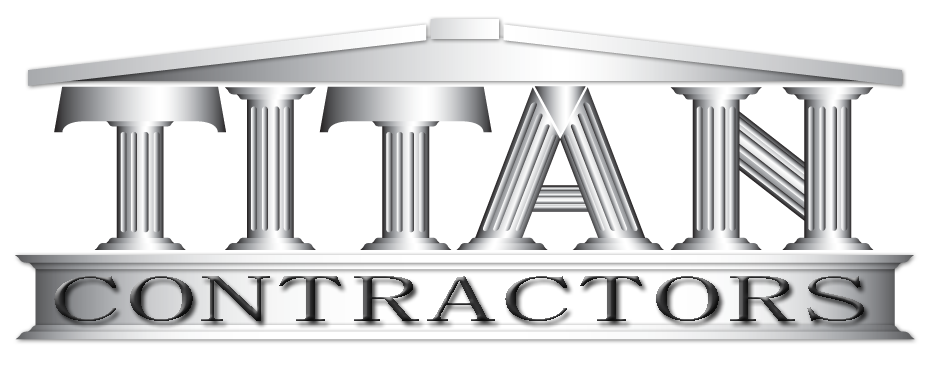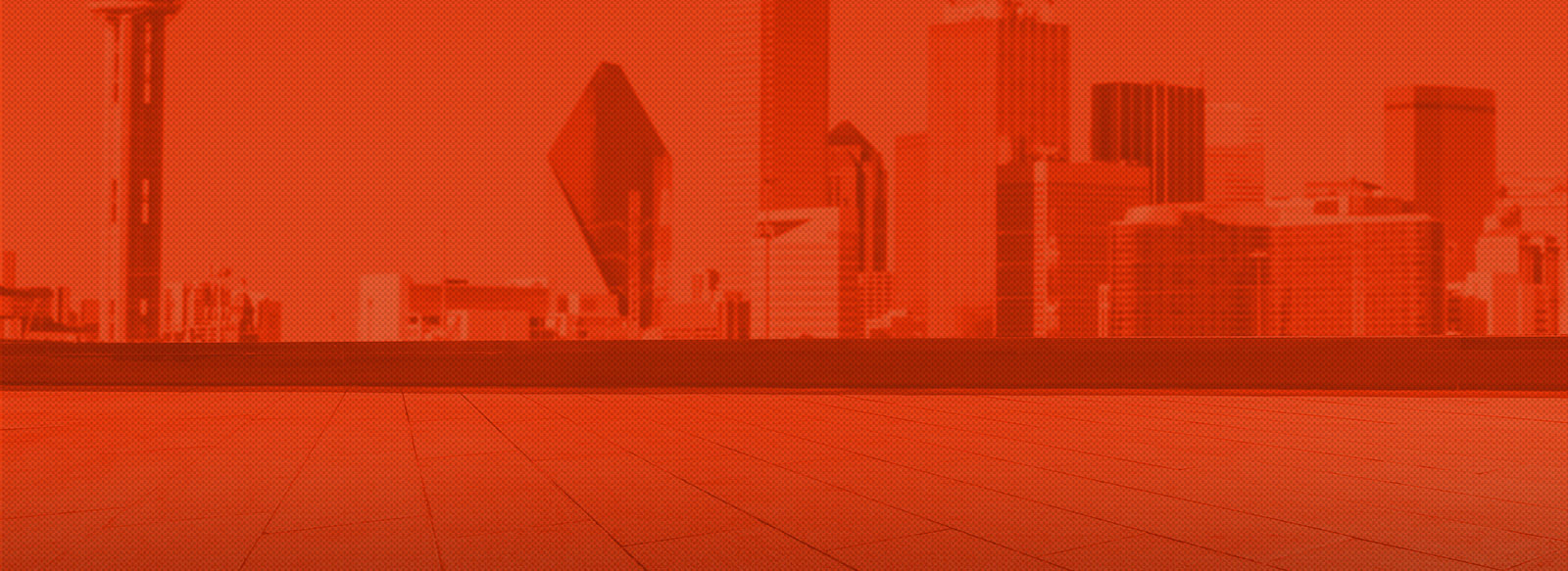Metal Roofing
What is Metal Roofing?
Metal roofs furnish building designers and owners with a world of choices from system design to type of metal to a rainbow of color options. No matter what kind of roofing style, color, or finish you have now, there is a metal roofing style to match or complement the look of your building. In addition to panelized metal roofing systems commonly used on commercial buildings, today’s metal roofing is available in designer looks that simulate shingles, slate, shakes or slate. Metal roofing can be coated with “cool color” coatings that are highly reflective resulting in lower costs for cooling your buildings.
Metal Roofing comes in three basic formats:
Standing Seam

Standing Seam metal roofing is a concealed fastener roofing system that features vertical or trapezoidal legs with a flat space in between. Because the fasteners are concealed, the roof has a cleaner appearance and water is less likely to penetrate the roof.
R-Panel

R-Panel is a low-slope metal roof panel with ribs typically 1.25” or 1.5” high and 12” apart. R-panel installs quickly and cost-efficiently on slopes as low as 1:12 making it a popular panel for commercial use, However, because R-panel is an exposed fastener system, each fastener becomes a potential source of water penetration as the roof ages and the building foundation shifts.
Stone-coated metal

Stone-coated metal roofs have the appearance of traditional shingles, wood shake, or tile systems while delivering the durability and strength of metal. As a decorative element on commercial buildings, the benefits of a stone coated metal roof is longevity, durability, beauty and versatility, and low maintenance.
Benefits
- Fire resistance
- Protection from wind damage
- Strength
- Durability
- A broad range of styles and colors available, including cool options
- Exceptionally low maintenance
- 100% recyclable at the end of its useful life.
When Should I Consider Metal Roofing?
Metal roofing is a great option for steep slope roofs where architectural appeal is important. Durability and low maintenance are other factors which make metal roofing attractive.
The Installation Process
Metal roofs are applied in panels that are factory manufactured or may be created on site using special equipment that forms the panels to the specific requirements of your building. When installing a metal roof, be sure that synthetic underlayment is used. Felt underlayment is sometimes used by installers to cut costs but will tear with the natural movement of the panels and allow leaks to develop.
Warranty
Metal roofs normally have 25-year warranties against color fading, and 40-year to 50-year warranties on performance.

